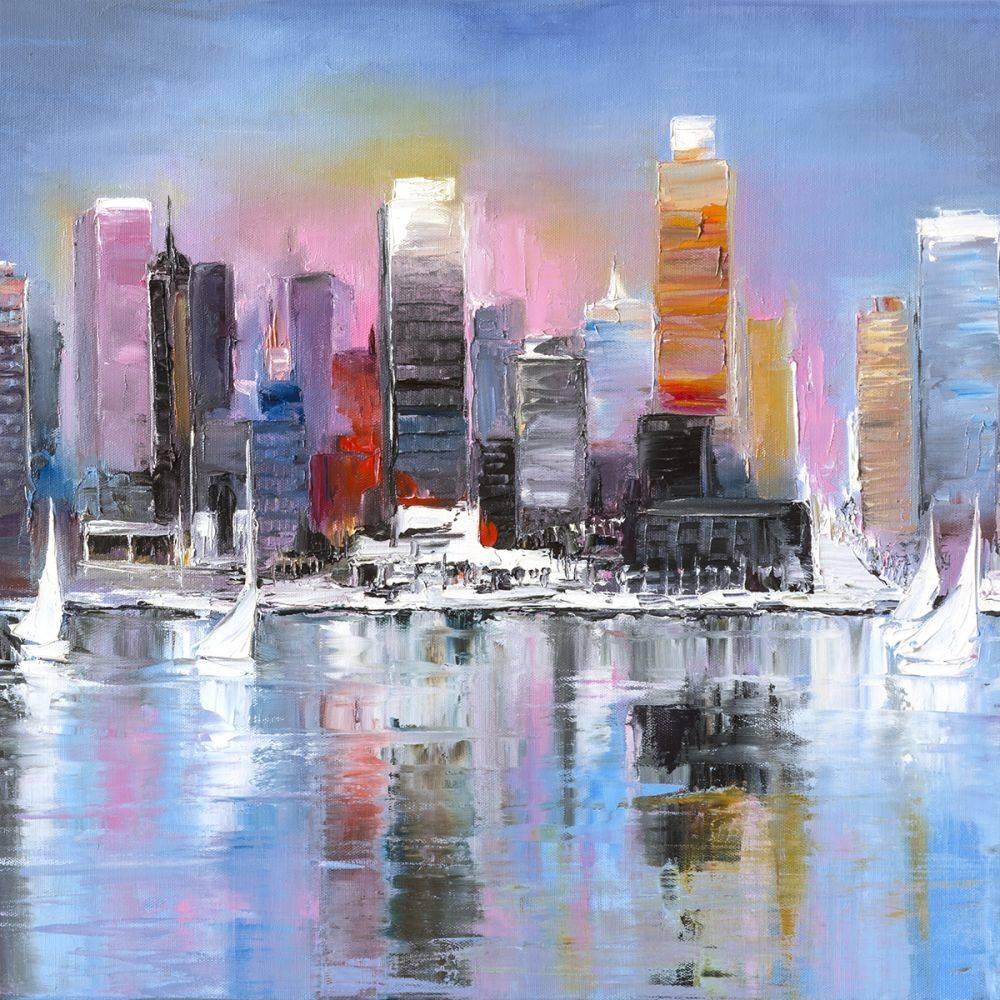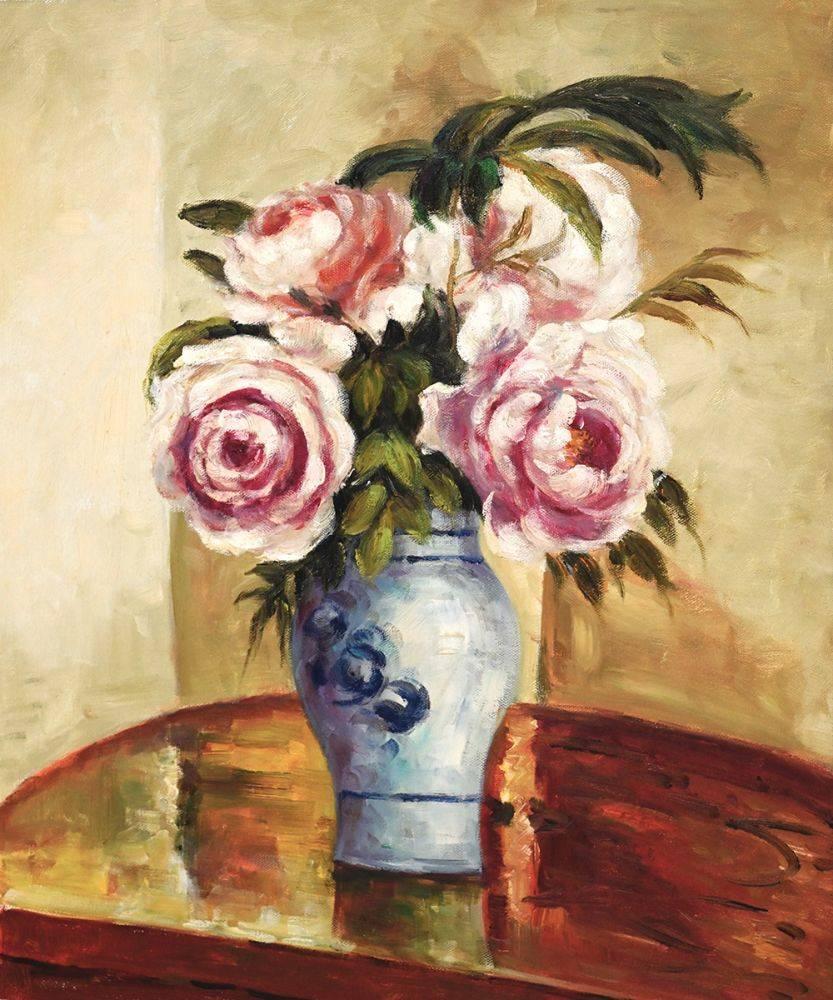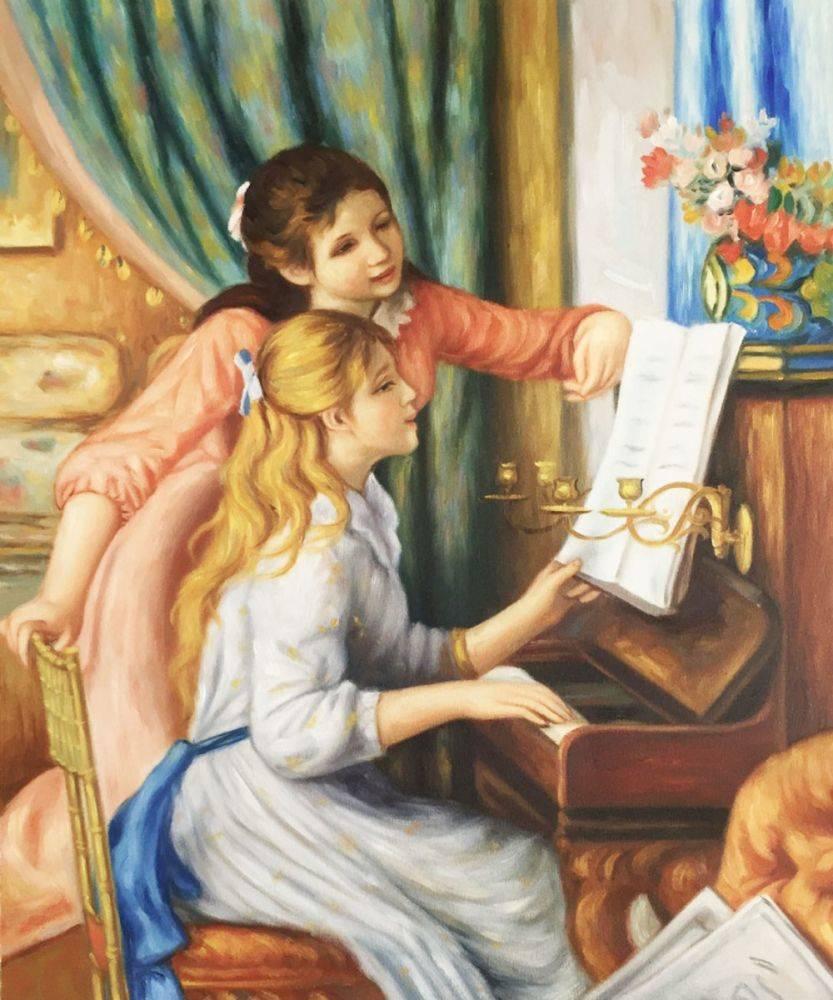Art
Gauguin and “The Descendants”
The Oscar-nominated film The Descendants creates the deceptive flair of a genuine Paradise on a tropical island full of leisure, joy, and happiness. The sun, flowers, the ocean, beautiful people in colorful Hawaiian shirts, the slow pace of life… what is more representative of Paradise on Earth, our collective dream of natural care-free life? As the narrative of the film unveils we see the inhabitants of the island suffering, losing, looking for the meaning of life, and fighting for their identities.
It was the dawn of film as an art form when Paul Gauguin, a not very successful businessman, left the “artificial” world of European civilization for French Polynesia to participate in the simpler life of people who were closer to nature, and more open and truthful in expressing their feelings and emotions.
The vivid primary colors, combinations of deep blue, shiny yellow, bright red, and vibrant green he used in his paintings reflected the beauty and jubilation of tropical nature, where the sun always shines and flowers always bloom. The simplified monumental shapes of nude female bodies make them look like powerful mythological spirits or goddesses of life and fertility. The triumph of life and nature, an ideal world ruined by European civilization – this was Gauguin’s call to go back to the roots of humankind.
 After some years on the islands, Gauguin had to change his perception of the local people and share their pain and struggle. He painted such philosophically charged masterpieces as Where Do We Come From? What Are We? Where Are We Going? and When will you marry? The subjects of this painting are curiously reminiscent of the themes of The Descendants.
After some years on the islands, Gauguin had to change his perception of the local people and share their pain and struggle. He painted such philosophically charged masterpieces as Where Do We Come From? What Are We? Where Are We Going? and When will you marry? The subjects of this painting are curiously reminiscent of the themes of The Descendants.
There is no Paradise on Earth, people cannot hide from the realities of life and themselves. Love and understanding come through pain.
Gauguin’s other famous painting Where are you going, shows a beautiful native woman in a bright “Hawaiian” looking wrap-around skirt holding a large green fruit. She half-smiles – or is it a smile? She looks apprehensively at the viewer, or maybe she is deep in her thoughts? Is it a fruit she is holding or a crystal ball? Gauguin’s “Mona Lisa” does not give any answers. Neither does the film.
Both artistic creations ruin our dream of blissful happiness in Paradise but offer hope for the resurrection of fundamental human feelings through people finding and understanding of nature and each other.




